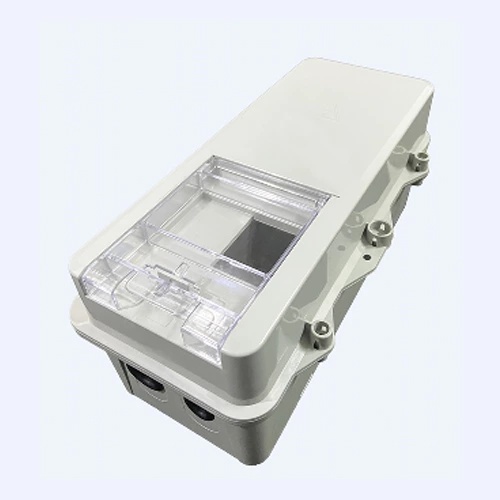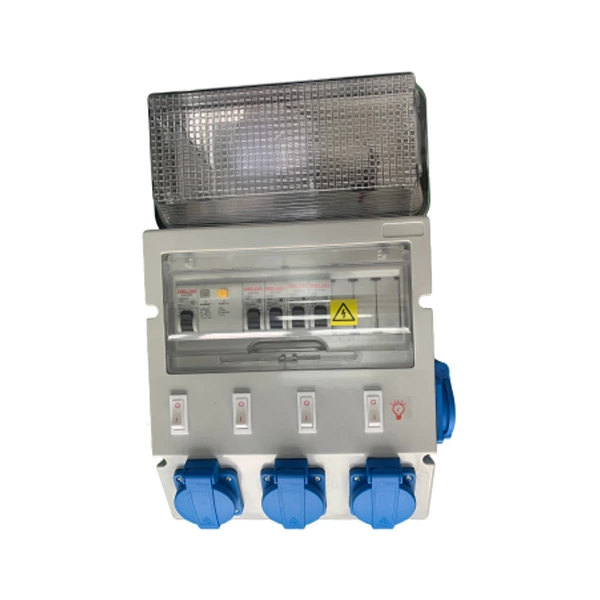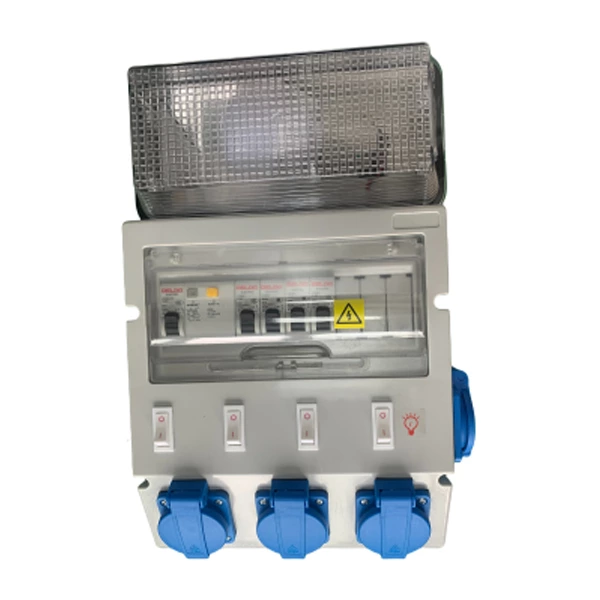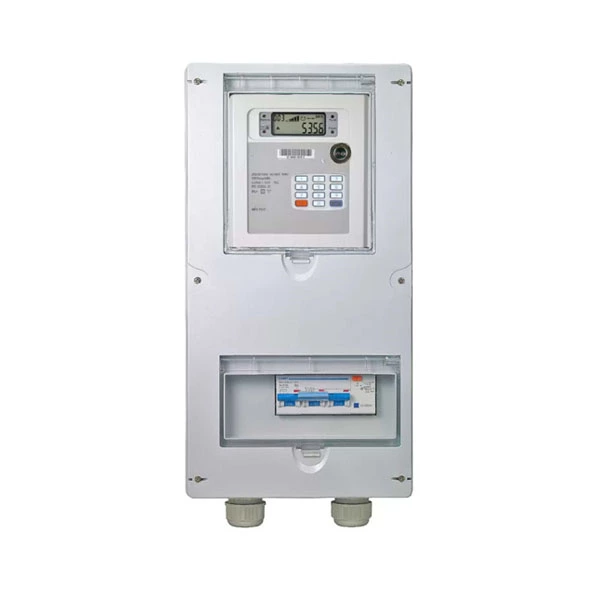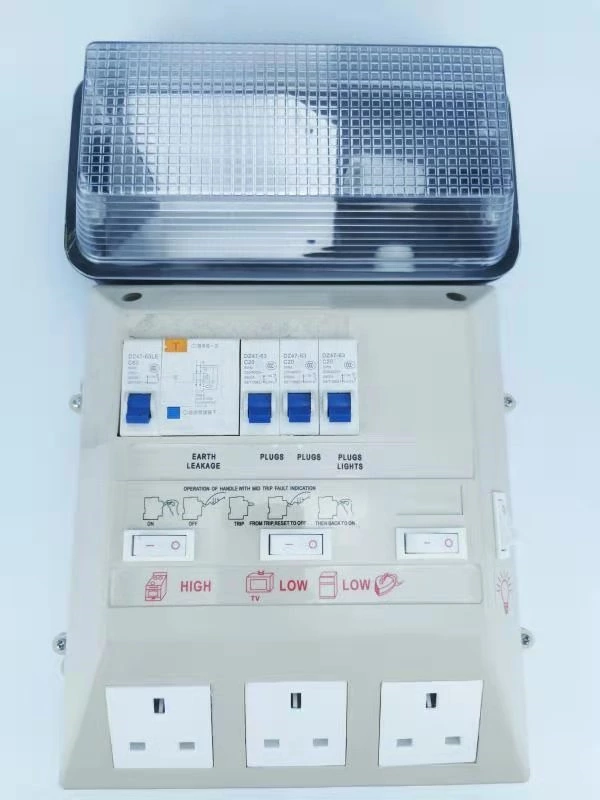What are the concepts of short circuit and overload in small power distribution units?
Short circuit and overload of small power distribution units are two common fault states in electrical systems, each with different concepts and characteristics:
short circuit
Short circuit refers to a sudden increase in normal current in a circuit, usually caused by direct connections between wires (such as short circuits between live wires, live wires, and neutral wires), resulting in current bypassing the load and directly forming a circuit. When a short circuit occurs, the current is extremely high, which can cause severe heating and electric shock, and may even lead to serious consequences such as fire. When a short circuit is detected, protective appliances will quickly take disconnection measures, namely tripping, to cut off the circuit protection equipment.
overload
Overload refers to the action of protective equipment caused by excessive load and current exceeding the designed rated current in a circuit. This is usually due to too many electrical devices or excessive power connected in the circuit, resulting in the total current exceeding the circuit's carrying capacity. Under overload conditions, electrical equipment may generate heat, reduce efficiency, and long-term overload may also damage the equipment or cause fires. In order to prevent overload, overload protection devices such as thermal relays are usually installed to automatically cut off the circuit when the current exceeds the rated value.
In summary, short circuits and overloads are both fault states that need to be avoided and promptly addressed in electrical systems. Short circuits are usually caused by direct connections between wires, while overloads are caused by excessive loads exceeding the circuit's carrying capacity. Both may cause damage to electrical equipment and systems, and even lead to safety accidents.
